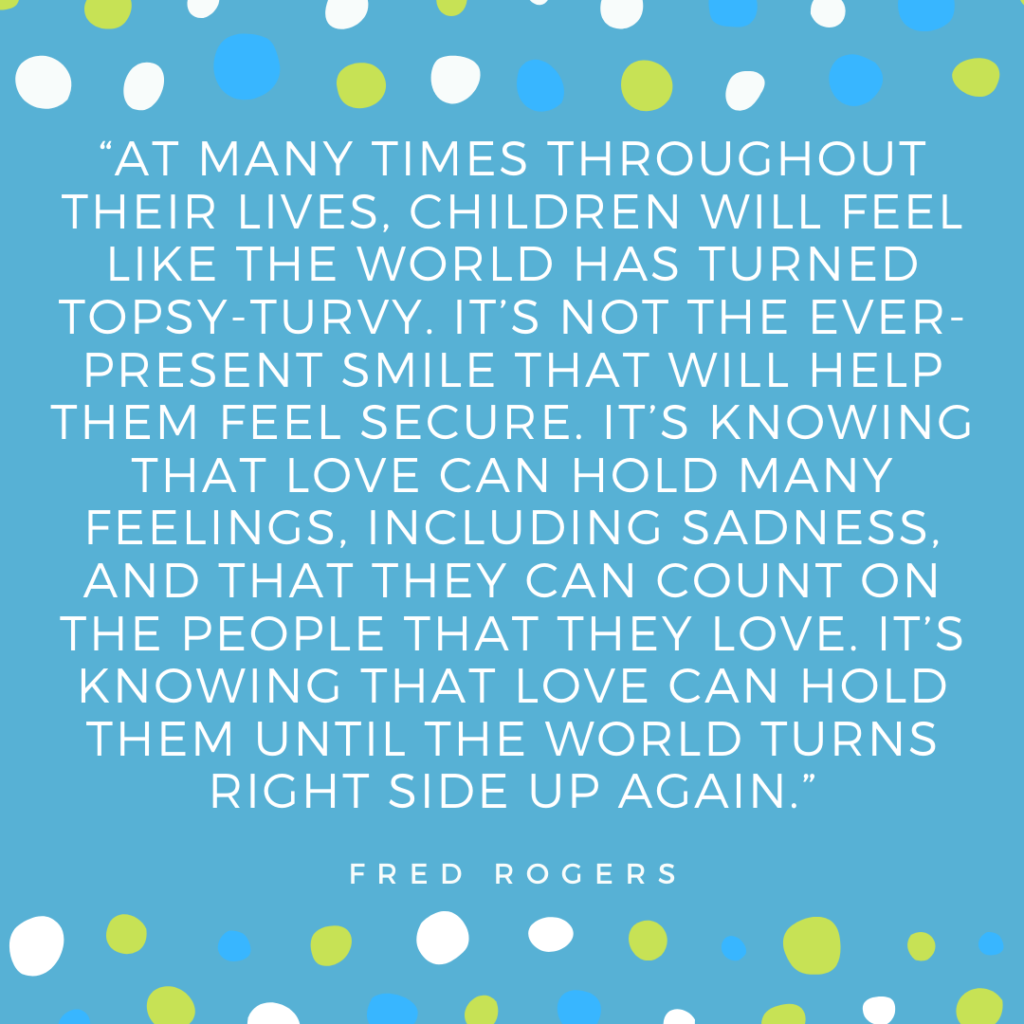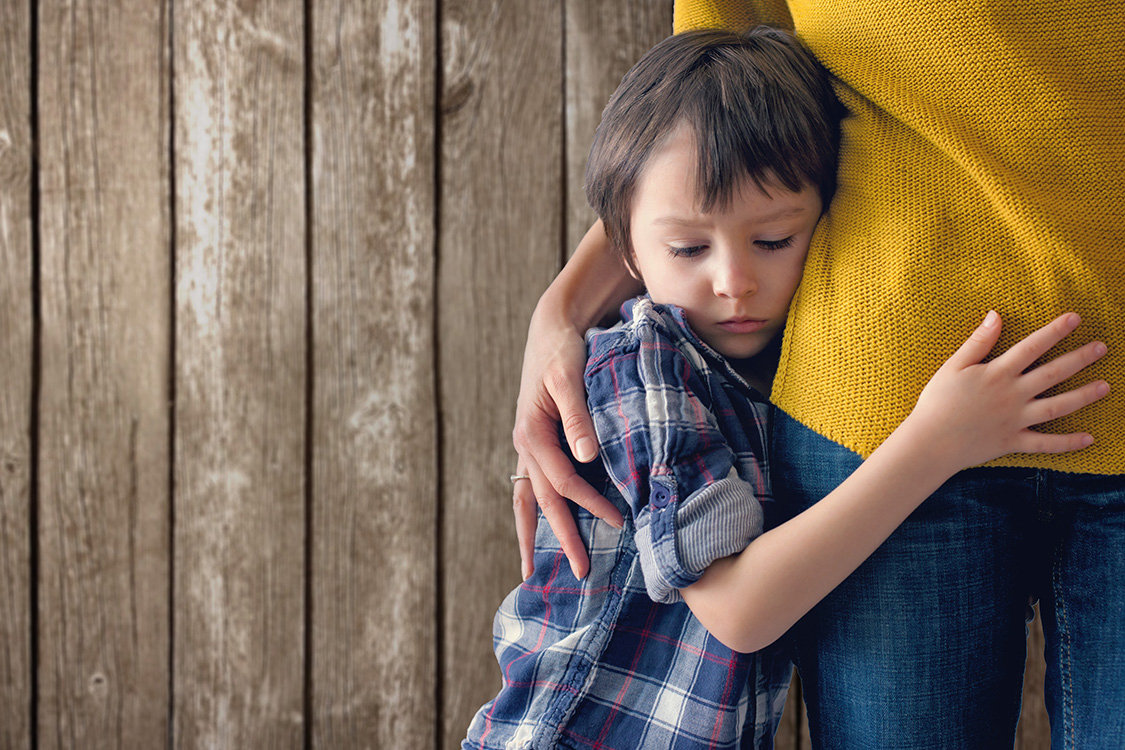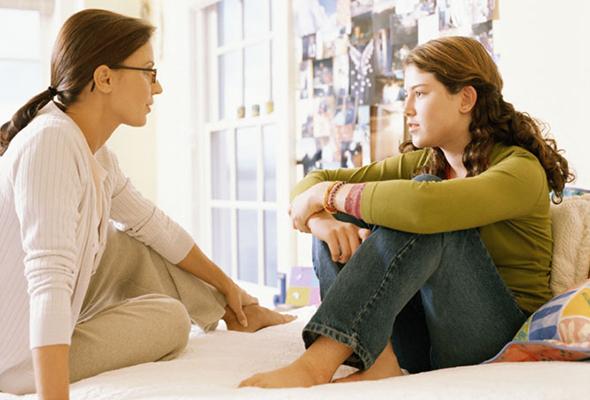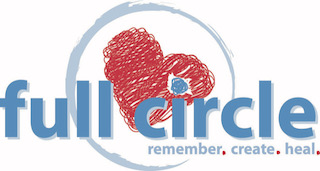By: Rachel Melhorn, LCSW, Registered Play Therapist
Grieving children often feel a range of emotions from sadness and anger to jealousy or fear. When a child is “dysregulated” they may be tantruming, highly anxious, or “checked out.” All of these are reactions to big and overwhelming feelings. What we know about a child’s capacity for emotional regulation is that it is highly linked to adult’s reactions to children’s emotional expression.

Here are some suggestions of how to respond to children to enhance emotional regulation.
Pay Attention to Nonverbal Communication
Oftentimes when children are dysregulated their ability to understand and comprehend words is limited. Your body language should convey to the child that you are concerned, interested and “with” them.
- Get on their eye level: Eye contact helps children feel seen and heard.
- Get close: Sit close. Depending on the child’s comfort level with touch, a gentle back rub may be helpful.
- Drop Everything Else: Provide your full attention and notice when you are trying to engage while also multi-tasking by making dinner or checking an email.

Provide Verbal Validation
Convey with your verbal language that you are ready to listen and learn. What we mean in terms of “validation” in this context is expressing interest. A few ways to do this include:
- Show you are listening by saying things like “I’m here to listen” or “Tell me about how you feel.”
- Ask Questions about their current experience: What are you feeling? How big does it feel? How long have you felt this way? When is the first time you felt this feeling?
- Notice Their Body: This helps children connect their feelings to their own bodily sensations. If their face gets red you can simply say, “I notice your face has gotten red.”

Problem Solve
It’s important to not “jump” to this step. Doing so, while well intentioned, can often convey that children aren’t allowed to openly express their emotions. It’s important to first establish a connection where a child has felt heard. Remember, too, that problem solving does not mean advice giving. To support children with problem solving you can:
- Stop, Breathe & Think: Why don’t we take three deep breaths together and then decide what we can do with these mad/sad/nervous feelings?
- Provide options: Do you want to take a break or do you want to talk more?
- Ask What They Need: Sometimes kids can tell you what they need in that moment (a break, a hug, a snack) and other times that may not be able to. Try asking “What does (a character, friend) do to help them with their sad feelings?” This can empower your child to problem solve on their own with your support.



